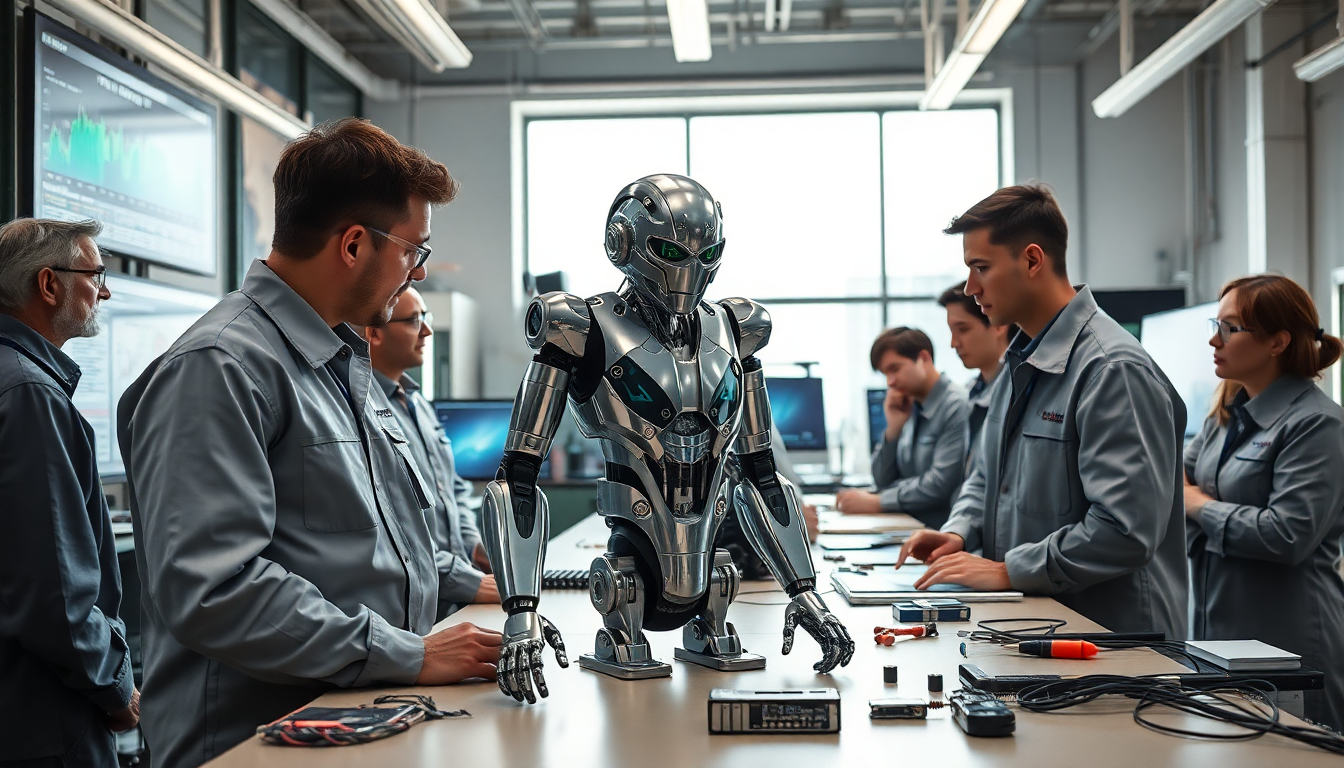Table of Contents
The field of humanoid robotics is about to undergo a significant transformation. Companies like Unitree are gearing up to make history as they prepare to become the first of their kind to list on a mainland stock exchange. But what does this really mean? Well, it’s not just a corporate milestone; it’s a pivotal moment for the entire technology sector. When a company goes public, especially in such an innovative field, it often indicates a shift from conceptual ideas to real, market-ready products. This transition is sure to spark both scrutiny and excitement from investors and industry watchers alike.
The IPO landscape for humanoid robotics
Unitree, a start-up based in Hangzhou, has recently teamed up with Citic Securities to help with the necessary documentation for its upcoming IPO application. With plans to be listed by December, this move underlines a growing trend in the robotics industry toward public investment. But it’s about more than just raising capital; it reflects how robotics is becoming a commercially viable field.
Interestingly, this comes at a time when other companies in the sector are also eyeing public listings. Take AgiBot, for example, which just announced plans to acquire a controlling stake in Swancor Advanced Materials—a move that some are interpreting as a back-door listing strategy. However, AgiBot clarified that this wasn’t its primary goal, showcasing the variety of tactics companies are using to navigate the complex IPO landscape.
Besides Unitree, several robotics firms have already made their mark on the Hong Kong stock exchange, including UBTech Robotics and Dobot Robotics. These Shenzhen-based companies highlight the growing interest and investment potential within the robotics sector, setting a benchmark for emerging players like Unitree to follow.
Industry implications and the move towards commercialization
The upcoming IPOs in the humanoid robotics sector signal a broader trend toward commercialization. Qian Wenying, secretary general of the Research Centre for AI and Management Innovation at the China Europe International Business School, points out that when a major tech player pursues an IPO, it generally indicates that the industry has moved from theoretical breakthroughs to scalable, commercial products. This shift is crucial for enhancing public confidence in the potential of robotics technology.
As Unitree gears up for its IPO, the company is ensuring that its employees are prepared for the responsibilities that come with being a publicly listed entity. This includes careful management of intellectual properties like trademarks and patents, which are essential for maintaining a competitive edge in the tech landscape.
The implications of these developments go beyond mere financial metrics; they reflect a change in consumer perceptions and market dynamics. With increased investment and public interest, the humanoid robotics sector is set to experience accelerated growth, paving the way for innovations that could redefine entire industries.
Future opportunities for investors
The rapidly evolving humanoid robotics market is brimming with investment opportunities for savvy investors. As more companies contemplate IPOs, the allure of potentially high returns becomes even more compelling. Investors should keep a close eye on companies like Unitree and others stepping onto the public stage, taking the time to assess their business models, market strategies, and technological advancements.
Additionally, understanding the larger market dynamics—such as consumer demand for automation and robotics, competition within the sector, and regulatory frameworks—will be crucial for making informed investment decisions. The rise of humanoid robots signals not just a technological shift but also a transformation in how businesses will operate in the near future.
As this market continues to evolve, investors are encouraged to take a proactive approach. Remember, every investment in technology is essentially an investment in the future. The trajectory of humanoid robotics is just beginning, and those who engage with it early might find themselves at the forefront of a revolutionary change. Are you ready to explore the possibilities?


